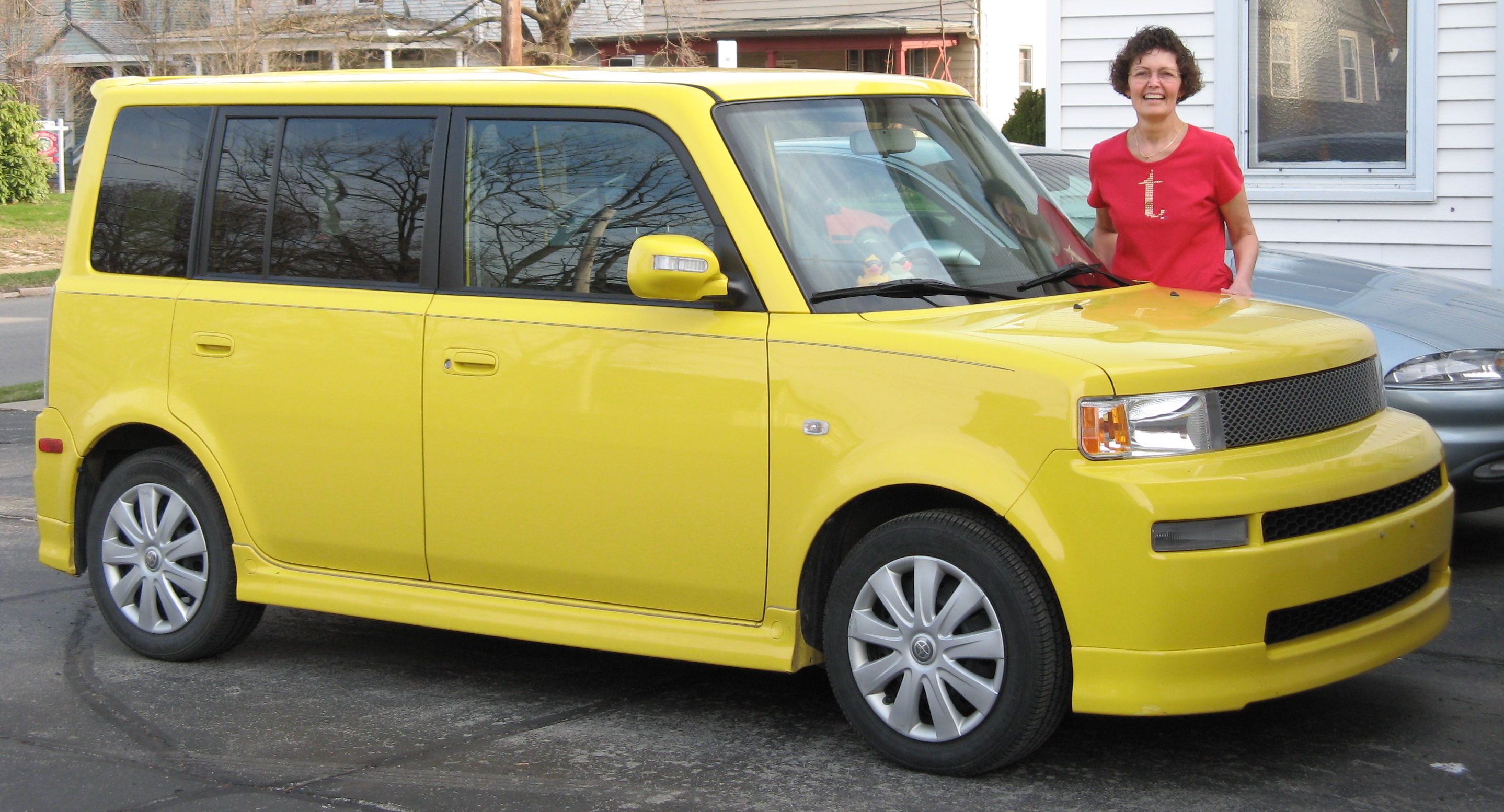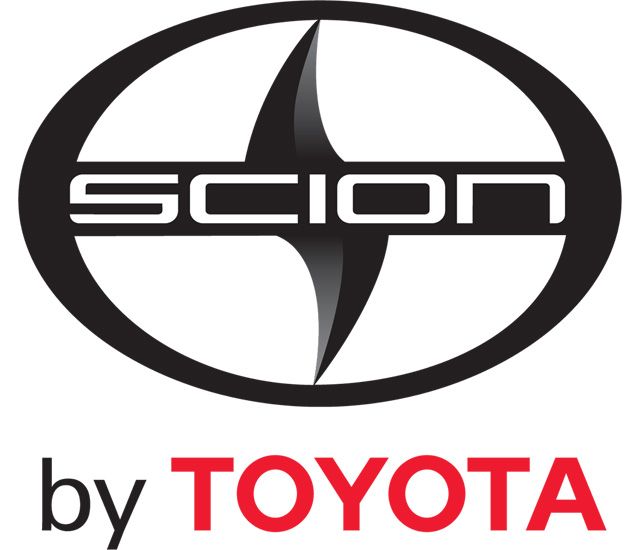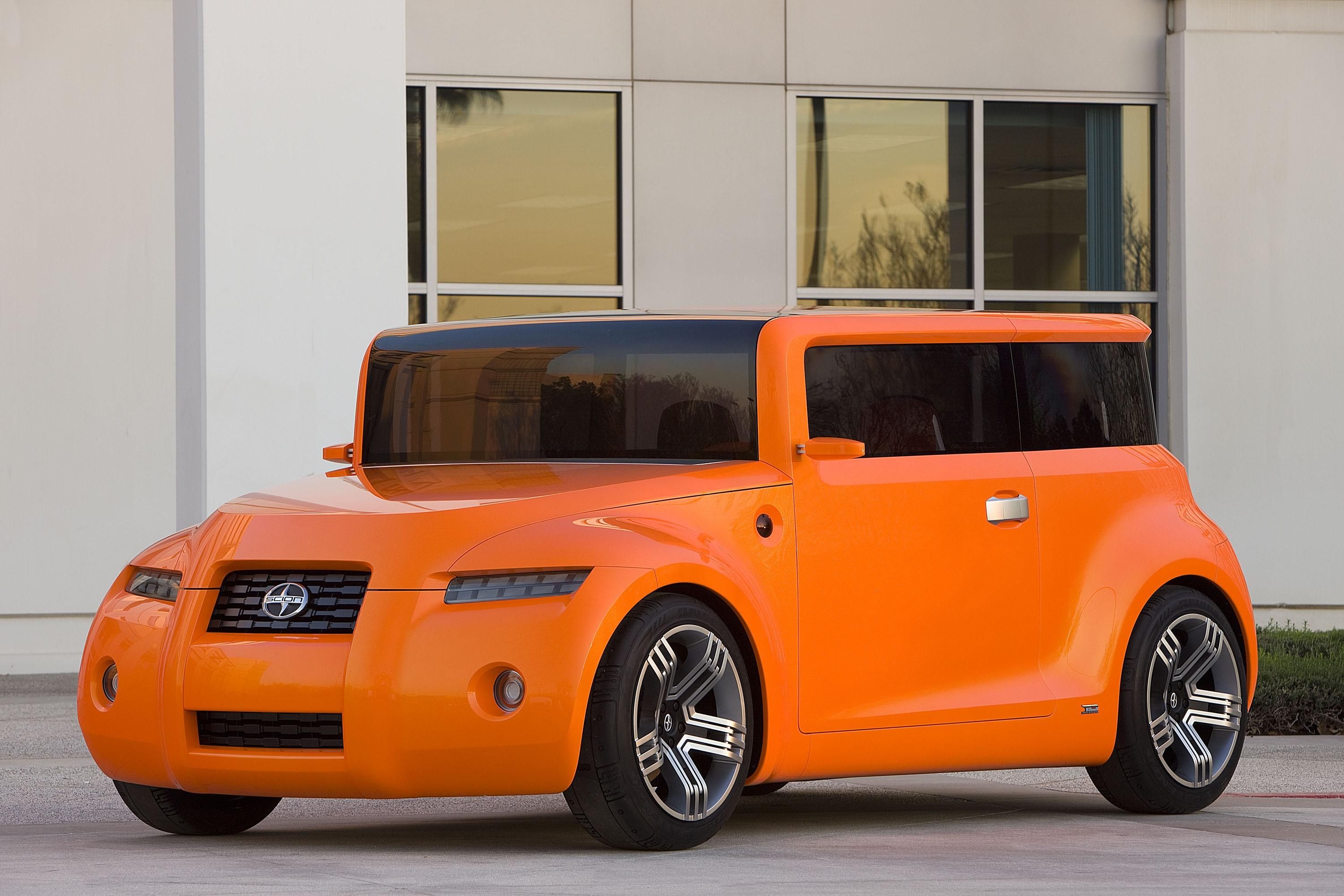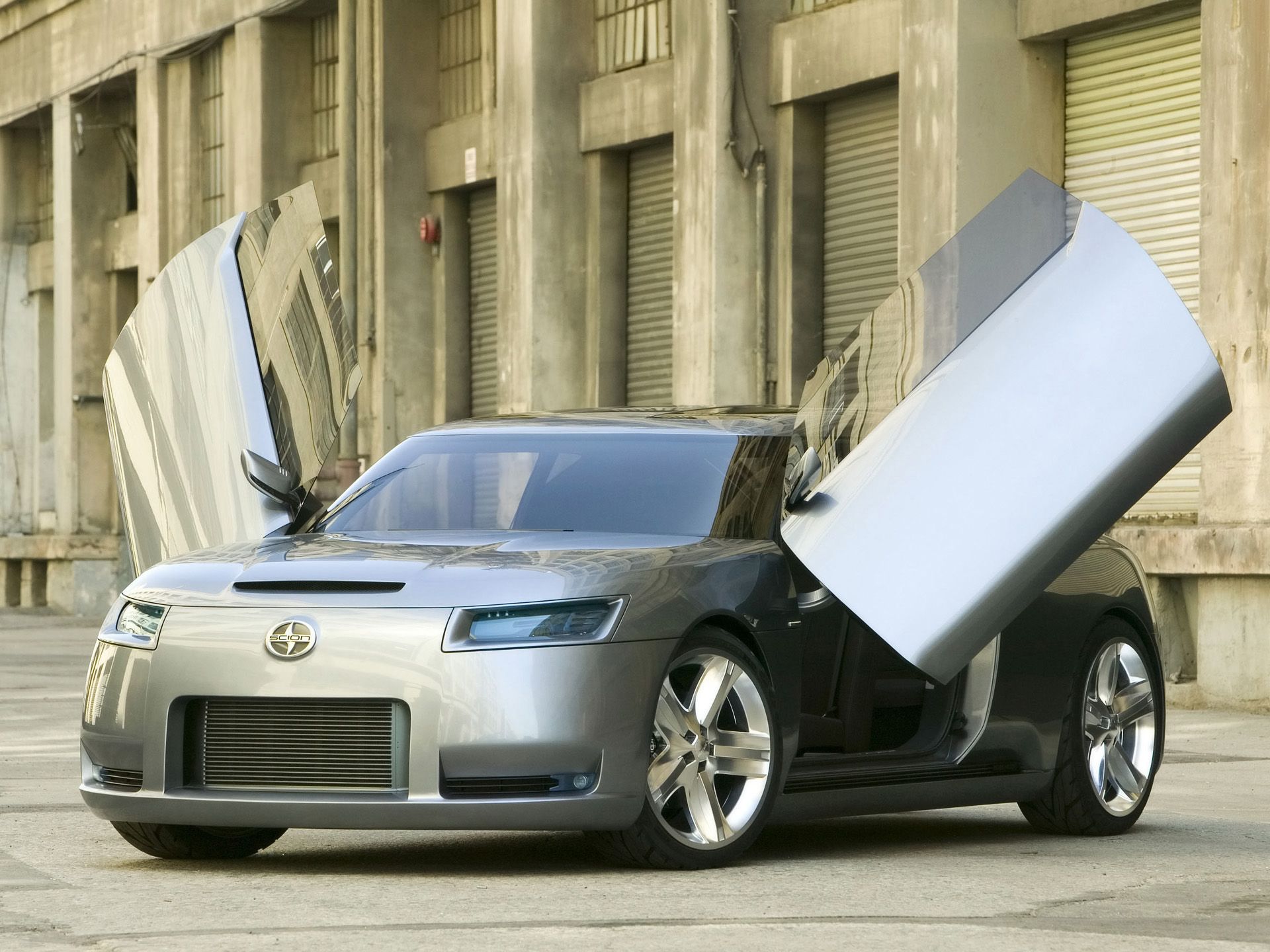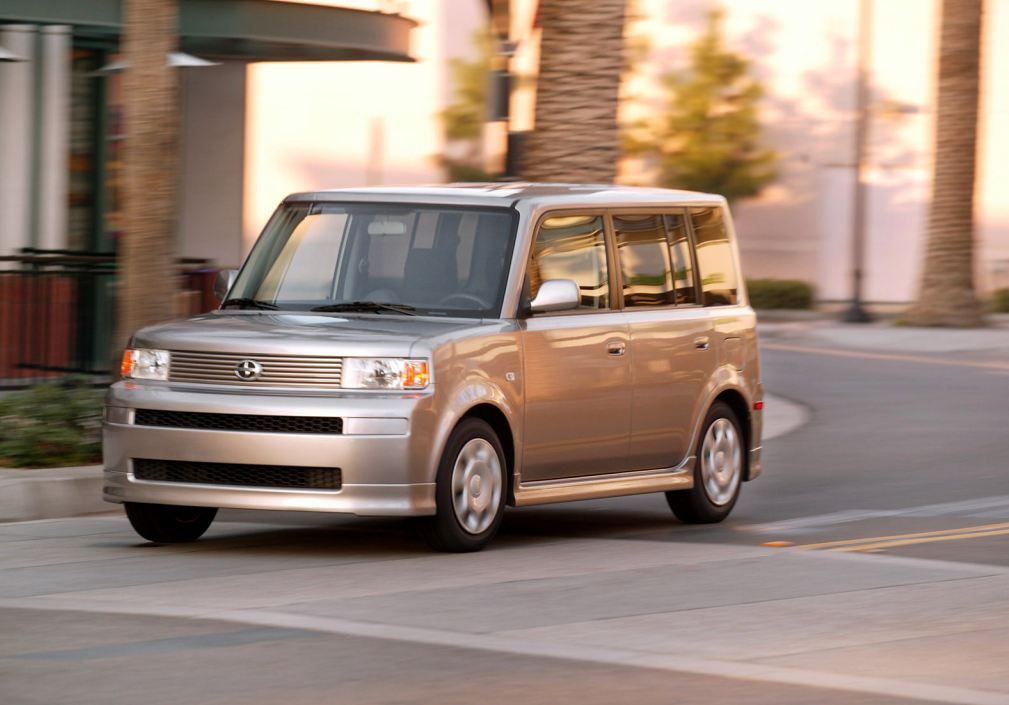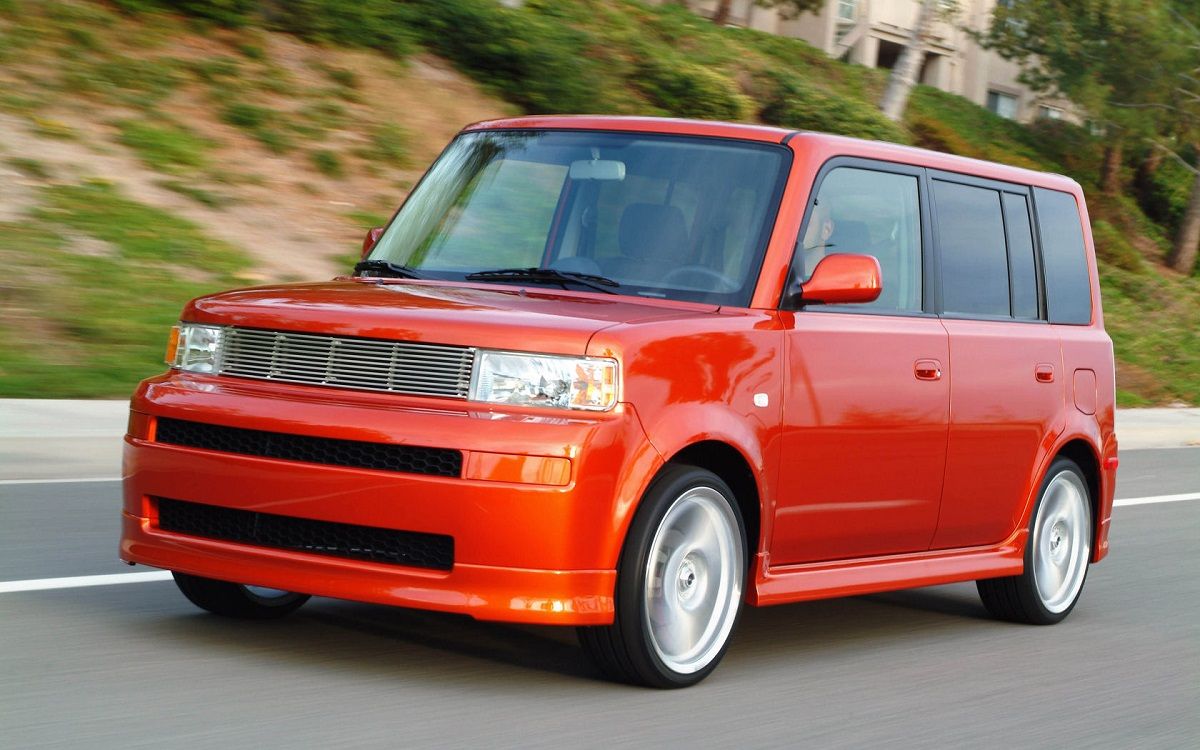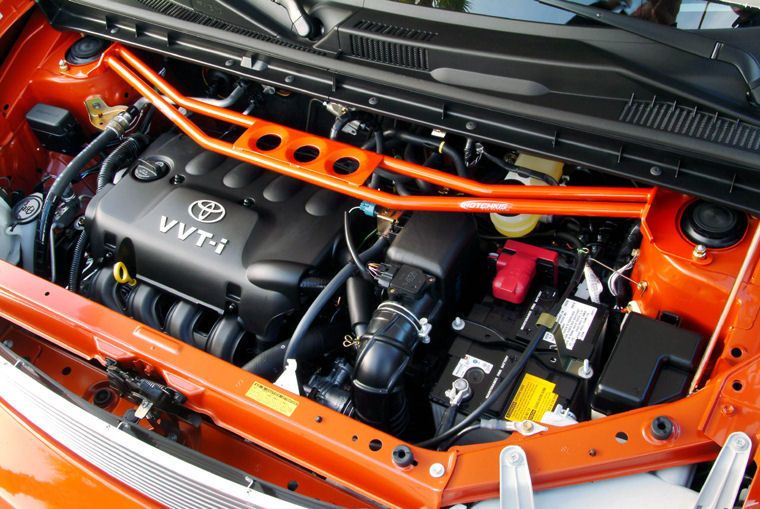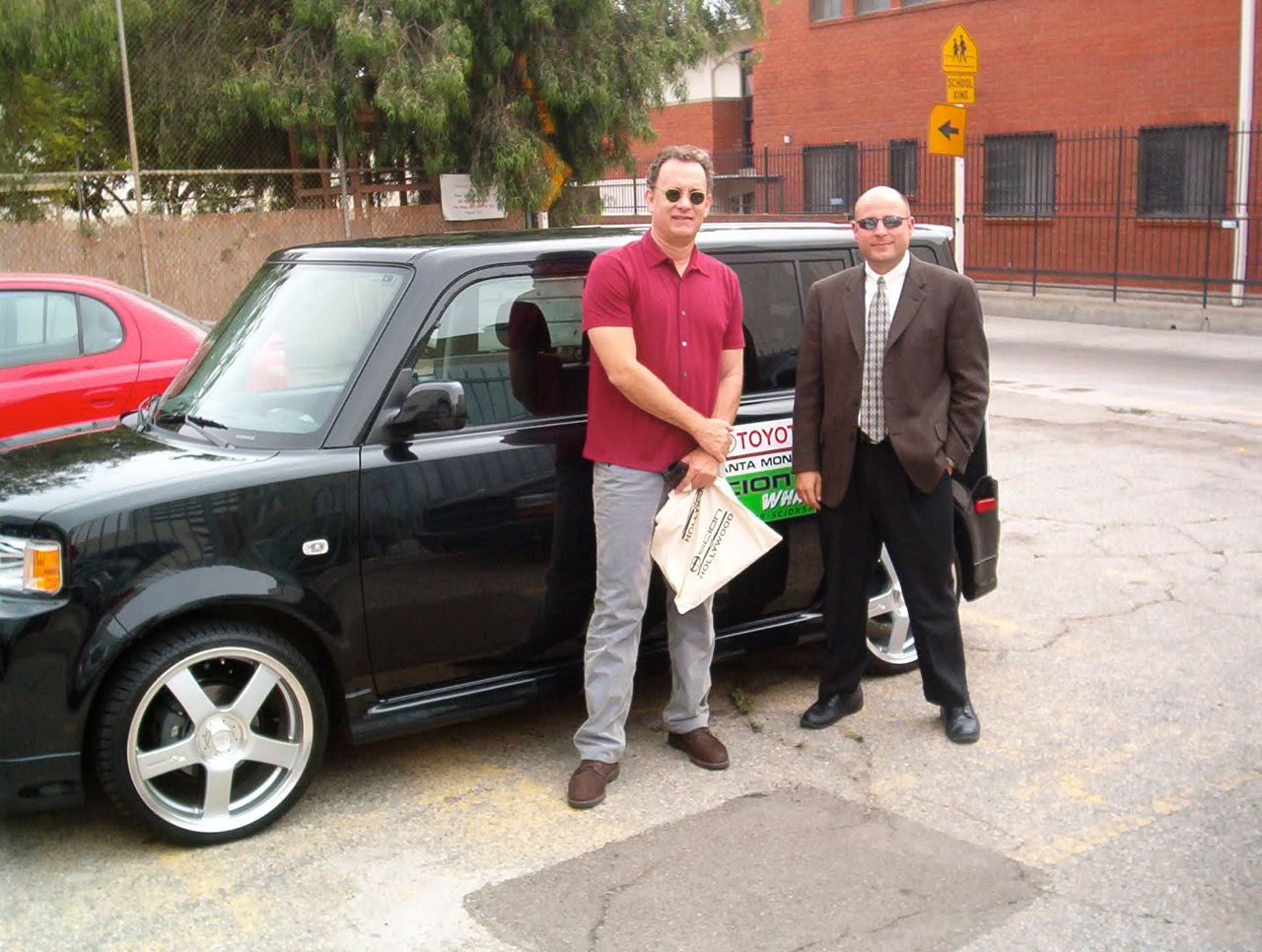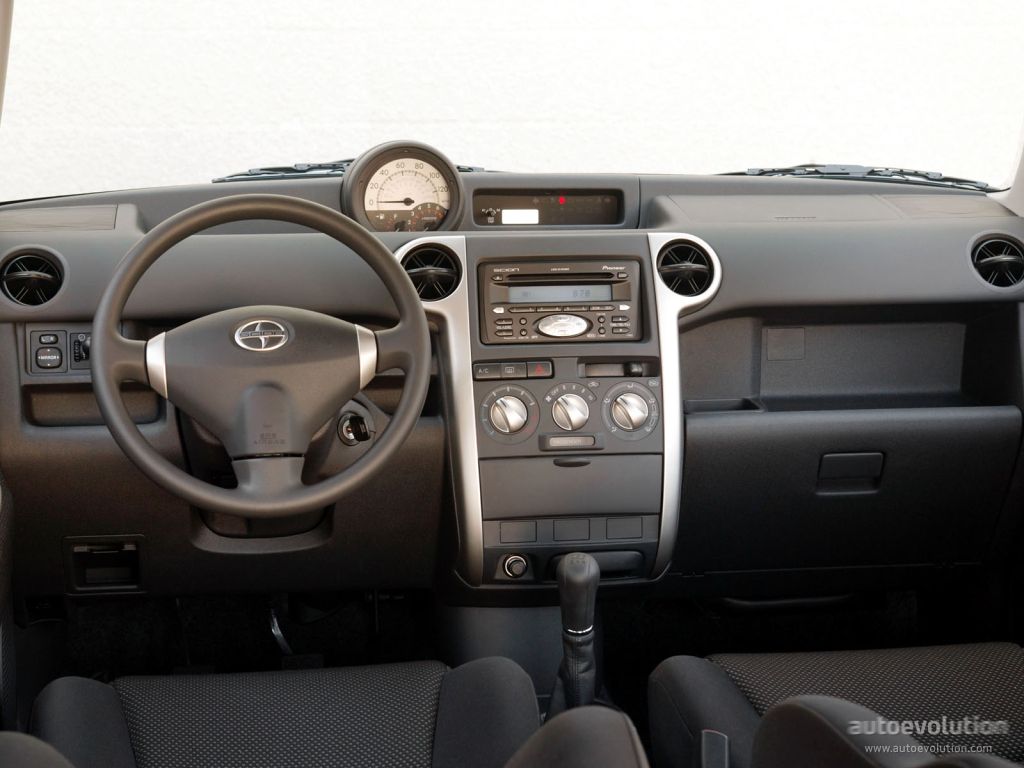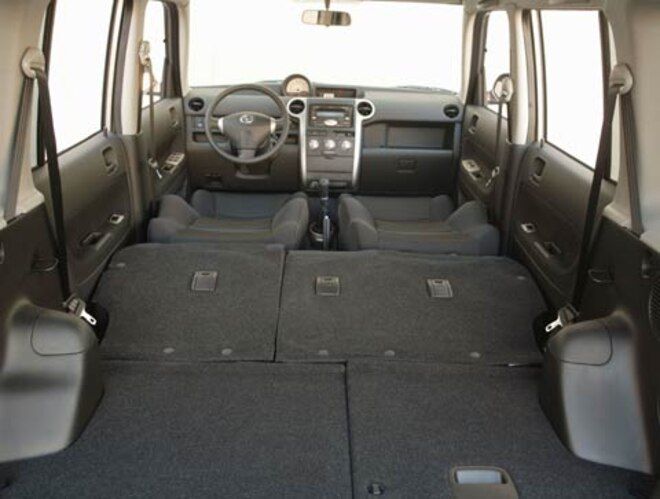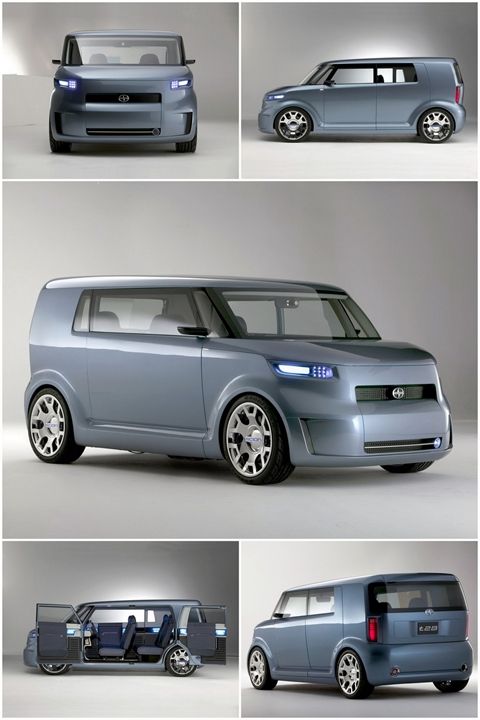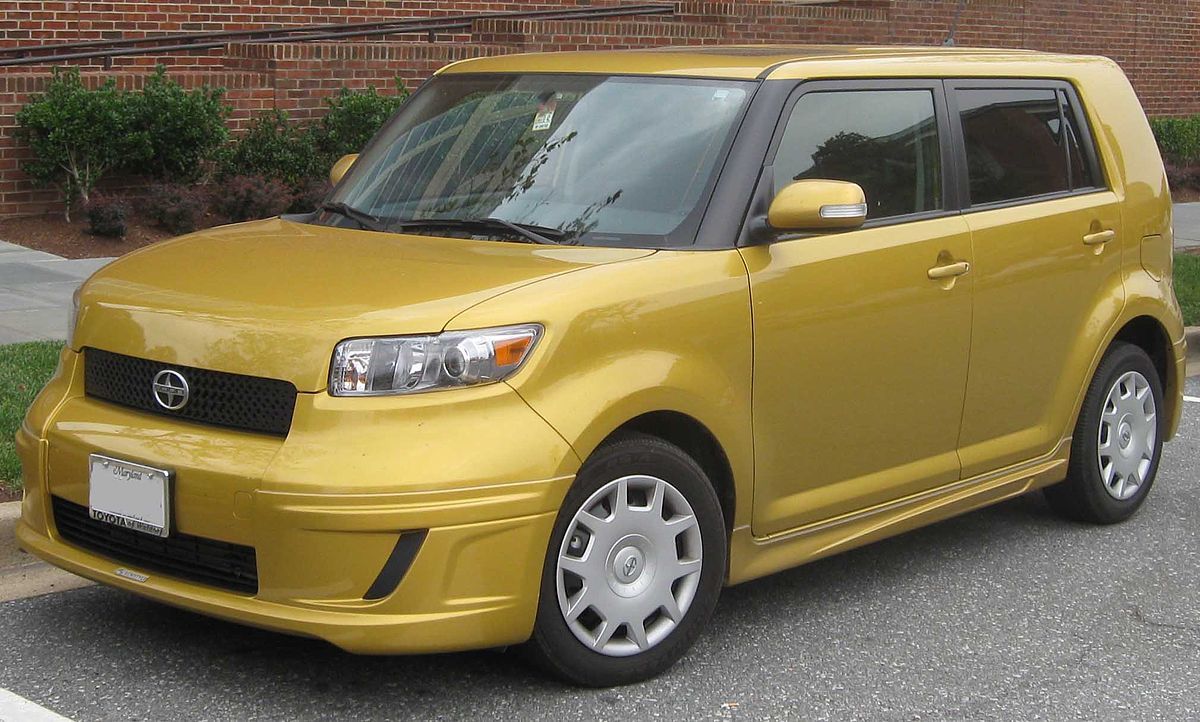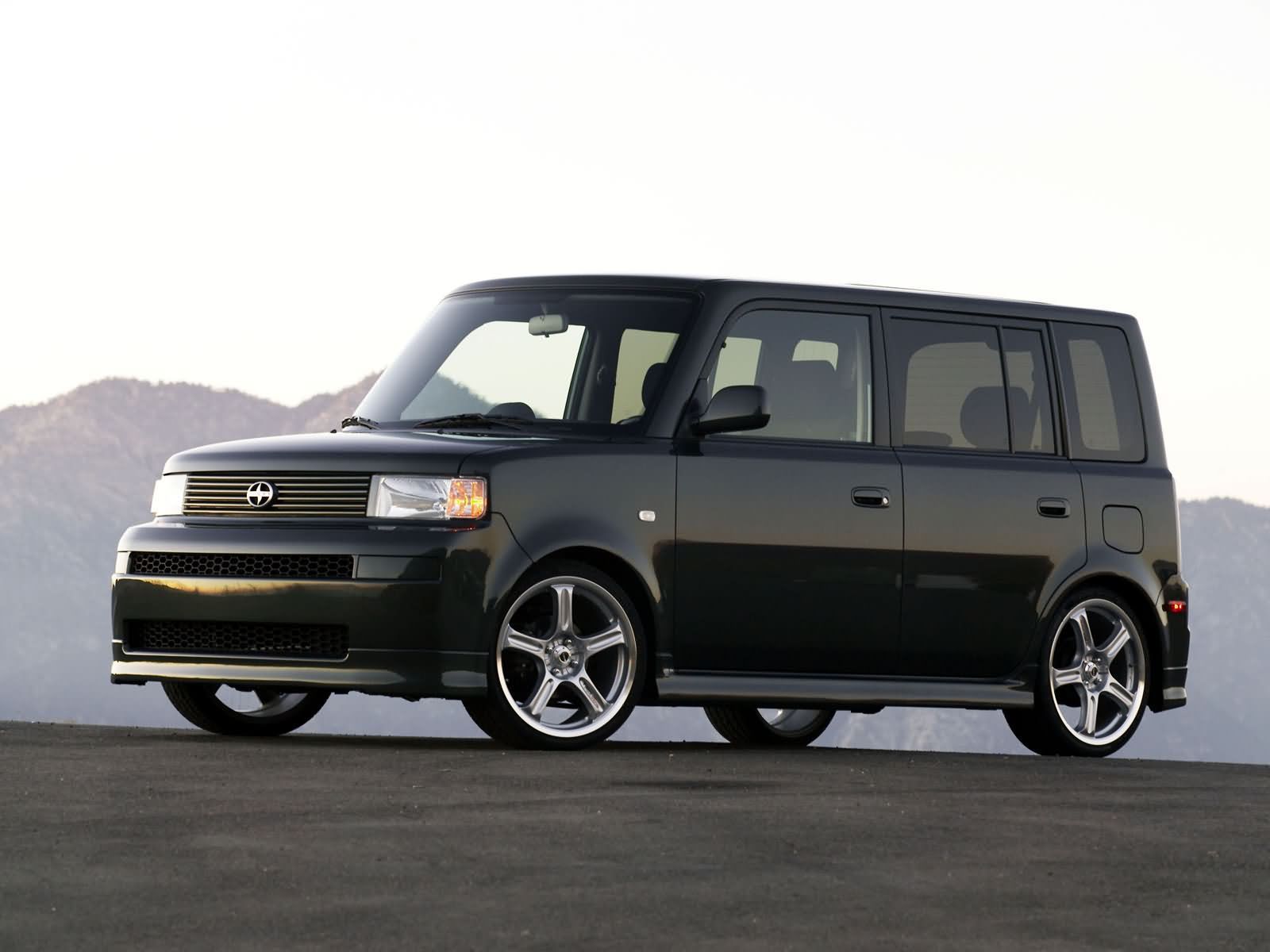Was it a van, a truck, a car, or an MPV? To this day, we're not entirely sure, but that didn't stop the Scion XB from making an impact. Scion was conceived as a brand for the hip millennial. While the XB did sell well initially, the people who wound up buying them were the polar opposite of who Toyota/Scion was expecting.
In 2020, the XB is looked back on as one of the definitive cars of the mid-2000s, but probably not for the reasons you might have expected. We think the first generation XB is the one that's made the most impact in its short life, so let's take a dedicated look at how this scrappy little box on wheels became one of the first definitive cars of the 21st century so far.
Today, let's look at how the Scion XB was a sensation that swept a nation, and not with the age group you may have expected.
Scion: In Memorium 2003-2016
This coming February marks the 5th anniversary of Scion being removed from the US domestic market. If you're not from the US and maybe not all that familiar with the Scion brand, allow us to quickly bring you up to speed.
Scion as a concept stemmed from Toyota foreseeing a new, hip, and trendy future at the turn of the 21st century. Codenamed "Project Genesis" Toyota reckoned that their image as the go-to car for pensioners, retirees, and generalized "boring" people was hurting their image with younger adults, a group that would come to be called the Millenials.
Scion was to operate much differently from your average car dealer. A new "pure price " business model eliminated the practice of dealer haggling. Instead, a flat rate would be applied to one trim level of car, and the dealers would make a profit on whichever options were selected by the customer. It seemed like a viable business decision at the time, but ultimately it wasn't successful at keeping Scion as a long-term competitor.
The XB
If you're not familiar with the Scion XB, there may be a lot to unpack when first looking at one. At 64 and a bit inches tall and 66 inches long, the car had the overall silhouette of a cardboard box and probably had the aerodynamics to match.
The first-gen XB's defiant nonconformity to normal car design ques was not done out of stupidity, but rather as a subtle queue to the young and hip that Scion was a brand that defied convention. All its boxy and angular lines served to make it stand out from a crowd. To Toyota's credit, they definitely succeeded in that aspect.
A four-speed automatic was available as well as a five-speed manual to go along with the car's 1.5-liter inline-four engine. At about 108 horsepower, this car wasn't meant to be fast, but to catch looks wherever it went while cruising at about 50 miles an hour.
From Youthful To Geriatric
Scion managed to sell roughly a quarter of a million XB's, but don't pin that relative success on the market it was intended for. In fact, Toyota missed the mark by a few decades or so. Astonishingly, the XB became the new darling child of the American senior citizen.
So how on earth did Toyota manage to build the perfect car for pensioners? Well, for one thing, the car's absurd height to length ratio meant it was dead easy to get in and out of. A very important thing when you have gout or arthritis. The anemic four-cylinder engine may have been pathetic for young people, but its paltry performance meant class-leading fuel economy. This is of vital importance when one's primary income comes from social security checks. Better still, since the XB is essentially a small van with rear seats, there's plenty of room for the weekly shop.
You could also fold those seats all the way down, at which point you essentially do have yourself a van. So then, perhaps by complete accident, Toyota managed to make the first-gen Scion XB a success. That wouldn't save the brand from its inevitable fate, unfortunately.
The Difficult Sequel
Believe it or not, the hype surrounding the facelifted XB was booming in the mid 2000's. So when the T2B concept was unveiled at the 2005 New York Autoshow with neon interior lights ablaze, people were ecstatic to see how this translated to the new XB. Needless to say, the answer is not very well.
The second-gen XB is nowhere near as iconic or memorable as the first one. Even if the first one wasn't what we'd conventionally call a pretty car, it at the very least made people turn their heads wherever they went. With its softer, smoother, and bulbous new lines, the second-gen XB didn't come close to having the same character or the same sense of soul that its predecessor did. This new XB was a sales failure, in 2016, Toyota ceased production on all Scion models. Presumably, forever. Even a rebadged Toyota GT-86 couldn't save it.
Stuck In Time
It may not have lit the youth world on fire like Toyota wished it would. But the XB was if anything, the most successful Scion product by a long margin. While other econoboxes from the early 2000s have faded into a permanent state of obscurity, the XB will always have a place in the hearts of people who saw them. That in itself makes it a resounding success.
Sources: scionlife.com, clubxb.com

